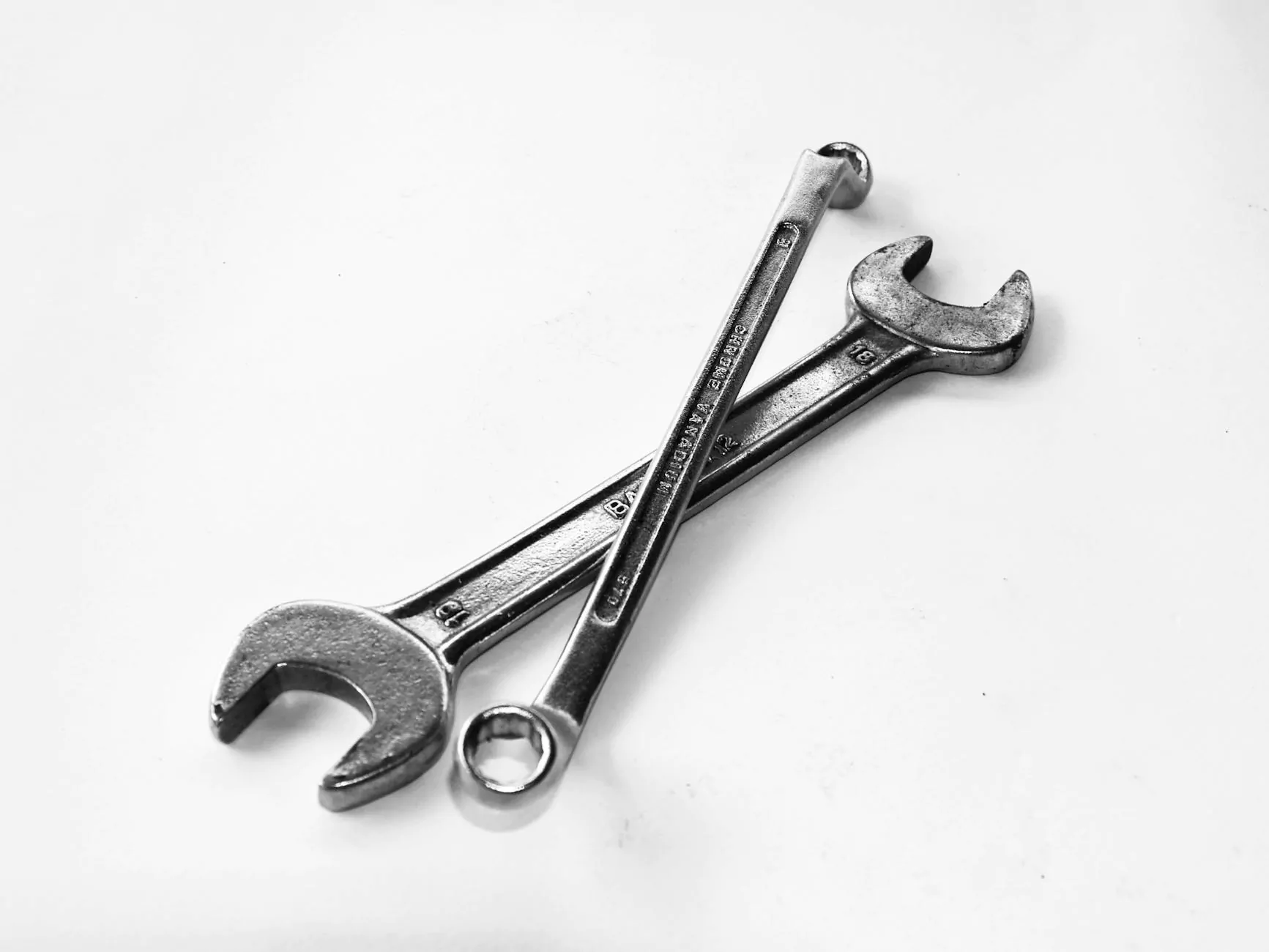Non-Magnetic Tools for MRI: Enhancing Diagnostic Precision

Magnetic Resonance Imaging (MRI) is a cornerstone of modern medical diagnostics. The precision and detail it offers have revolutionized how we understand the human body. However, the utilization of MRI technology comes with unique challenges, particularly when it comes to the use of medical tools and instruments in a high magnetic field. This is where non-magnetic tools for MRI play a crucial role.
Understanding MRI and the Need for Non-Magnetic Tools
An MRI machine relies on powerful magnets to generate images of organs and tissues. The magnetic field is essential for the functioning of the MRI, but it also poses a risk for instruments that are ferromagnetic. Using traditional tools that contain metal can lead to dangerous projectile events, distortions in imaging, and even serious injury. Therefore, the development and application of non-magnetic tools for MRI are vital for maintaining safety and effectiveness in diagnostic procedures.
The Importance of Non-Magnetic Instruments
Non-magnetic instruments are specifically designed to operate safely within the MRI environment. Their use is critical for several reasons:
- Safety: Non-magnetic tools help prevent hazardous situations that could occur if ferromagnetic tools were mistakenly used in the MRI room.
- Image Quality: Ferromagnetic instruments can cause artifacts in MRI images, leading to misinterpretations. Non-magnetic tools eliminate this risk, ensuring clearer images.
- Operational Efficiency: Using the right tools minimizes the time necessary for procedures, enhancing the overall workflow within medical centers.
- Patient Trust: Ensuring patient safety with the use of appropriate equipment builds trust and confidence in healthcare providers.
Types of Non-Magnetic Tools Used in MRI Procedures
In the MRI suite, various non-magnetic instruments are utilized, including:
1. Non-Magnetic Surgical Instruments
These tools are essential for any surgical procedures that might be conducted alongside imaging. They are typically made from materials like titanium or plastic, which do not interfere with the magnetic fields.
2. Non-Magnetic Monitoring Equipment
Patient monitoring devices, such as pulse oximeters and blood pressure cuffs, can be adapted to be non-magnetic to ensure continuous patient evaluation during MRI scans.
3. Non-Magnetic Supportive Devices
Supportive devices such as coils and positioning aids must also be non-magnetic to ensure they comply with safety standards required in MRI environments.
Key Materials Used in Non-Magnetic Instruments
Creating non-magnetic tools involves specific considerations regarding material selection. The materials that are commonly used include:
- Titanium: Known for its strength and lightweight properties, titanium is a primary component in many non-magnetic instruments.
- Plastic Composites: Often used for disposable instruments, plastic materials do not have magnetic properties and are sufficiently sturdy for various applications.
- Specialized Alloys: Certain non-ferrous alloys are engineered to suit the demands of the MRI environment while providing necessary durability.
Benefits of Non-Magnetic Tools in MRI Services
The benefits of incorporating non-magnetic tools into MRI diagnostic services can be summarized as follows:
1. Improved Patient Safety
The foremost advantage is the enhanced safety for patients. Non-magnetic tools significantly reduce the risks associated with the powerful magnetic fields within MRI machines, thereby ensuring a secure environment.
2. Enhanced Diagnostic Accuracy
By employing non-magnetic tools, healthcare professionals can guarantee that diagnostic results are more reliable. The absence of magnetic interference allows radiologists to capture high-quality images, which leads to better diagnosis and treatment planning.
3. Wide Acceptance in Medical Centers
With the rise in awareness regarding safety standards in MRI, there is a growing acceptance and demand for non-magnetic tools in medical centers. Facilities like Echo Magnet Services have adapted their operations to include these essential instruments, emphasizing their role in patient-centered care.
Challenges in the Adoption of Non-Magnetic Tools
Despite the clear advantages, there are challenges associated with the adoption of non-magnetic tools:
- Cost Factor: Non-magnetic tools can be more expensive to produce due to specific materials and manufacturing processes.
- Awareness and Training: Medical staff must be aware of the functionalities and benefits of using non-magnetic tools, necessitating ongoing training and education.
- Limited Supply: Some facilities may struggle to find reliable suppliers for high-quality non-magnetic instruments that meet their needs.
Future of Non-Magnetic Tools in MRI Technology
The future of non-magnetic tools within MRI technology looks promising. As innovation continues to drive the medical industry, we can expect:
1. Advanced Materials and Design
With advancements in materials science, new polymers and composites that provide both strength and non-magnetic properties are likely to emerge, creating more efficient tools.
2. Increased Industry Standards
As safety regulations evolve, the demand for non-magnetic tools will likely become a standard in MRI facilities across the globe.
3. Comprehensive Training Programs
Medical centers, including leaders like Echo Magnet Services, will invest in more comprehensive training programs that focus on the critical role of these tools in patient safety and diagnostic precision.
Conclusion: The Essential Role of Non-Magnetic Tools in MRI
In the landscape of modern healthcare, the role of non-magnetic tools in MRI procedures cannot be overstated. These instruments are essential for ensuring patient safety, enhancing the quality of diagnostic imaging, and fostering an environment that prioritizes precision and efficiency. As the medical community continues to embrace advancements in technology and materials, non-magnetic tools for MRI will undoubtedly become an integral aspect of medical diagnostics and patient care.
For healthcare providers looking to enhance their MRI capabilities safely and effectively, investing in non-magnetic instruments is a smart decision that not only protects patients but also upholds the integrity of medical diagnostics.
non magnetic tools mri







